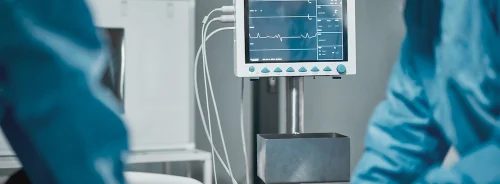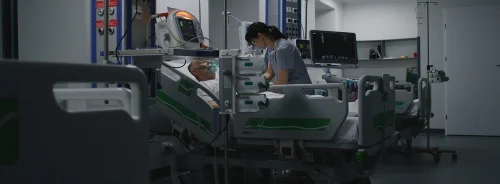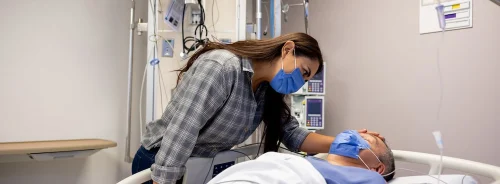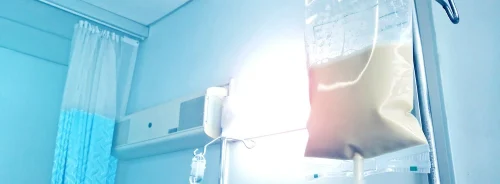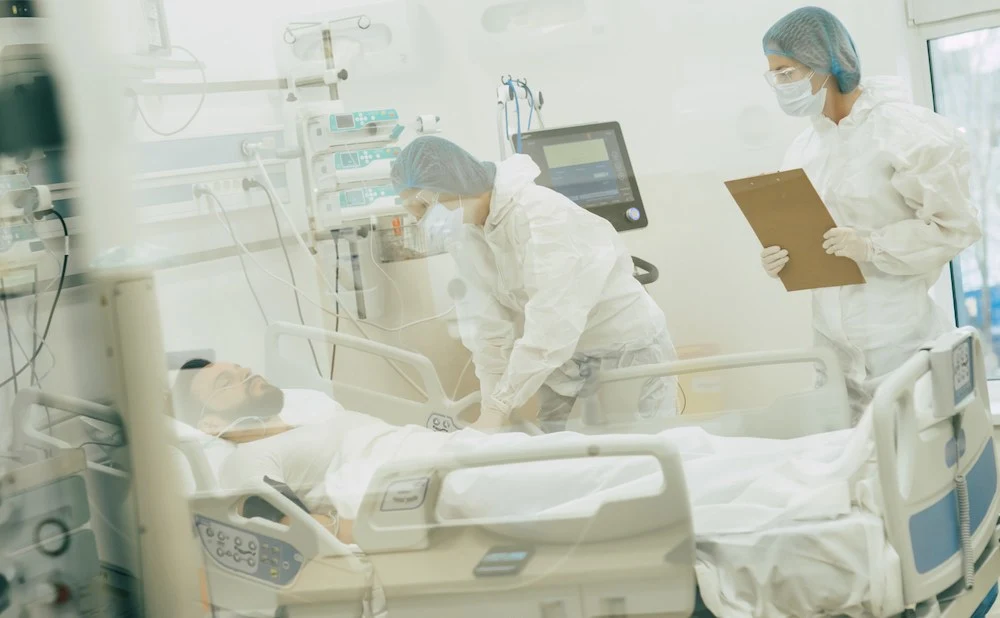A recent review addresses the challenge of categorising new persistent symptoms that patients experience after recovering from ICU-treated sepsis caused by COVID-19. It explores whether these symptoms fit into one of the following categories: Long-COVID, Post-Sepsis Syndrome, or Post-Intensive-Care Syndrome. It also considers if patients might have more than one of these conditions simultaneously or if the symptoms represent a single, undefined disease entity.
Sepsis is a condition that could lead to organ failure. Severe acute respiratory syndrome coronavirus type 2 (SARS-CoV-2) can induce viral sepsis, though the mechanisms differ from those in other respiratory infections. During the early COVID-19 pandemic, a meta-analysis found that sepsis affected about one-third of hospitalised COVID-19 patients and nearly 80% of those in the ICU. A U.S. survey from 2020-2021 reported similar sepsis rates among COVID-19 patients: 70.8% had sepsis solely due to COVID-19, 26.2% had mixed infections, and 3.1% had bacterial sepsis alone.
Sequelae following COVID-19 are referred to as Long-COVID (LC), Post-COVID-Syndrome (PCS), or Post-Acute Sequelae after COVID-19 (PASC). PCS is defined as symptoms persisting for more than two months and occurring more than three months after a confirmed or probable SARS-CoV-2 infection, not explained by other diagnoses. LC and PASC both describe symptoms lasting over three months after the initial COVID-19 illness, though definitions may vary. These symptoms can reappear or progress after initial recovery.
Post-Sepsis-Syndrome (PSS) describes the physical, cognitive, and psychological effects of surviving sepsis, occurring in both ICU and non-ICU patients but more frequently after critical illness. Post-Intensive-Care-Syndrome (PICS), defined by the Society of Critical Care Medicine since 2010, encompasses new or worsened physical, cognitive, or mental impairments following ICU treatment, including fatigue, chronic pain, and sleep disorders.
LC, PSS, and PICS are characterised by a mix of cognitive, mental, and physical disorders, varying in symptoms and severity among patients. A Canadian cohort study found that thromboembolic events were more common within 30 days after COVID-19, while cardiovascular issues, dementia, and depression were more prevalent in the year following non-COVID-19 sepsis. Conversely, a Danish cohort study reported no significant differences in cognitive and psychological outcomes between COVID-19 patients and those with pneumonia or other critical illnesses.
ICU treatment for COVID-19 increases the likelihood of sequelae, reflecting higher disease severity. A recent meta-analysis found that ICU-treated patients had 2.37 times the odds of developing LC compared to those not treated in the ICU. Survivors of ICU treatment also reported a lower quality of life and slower recovery. Symptoms of LC were generally more severe in ICU patients.
Sequelae can also arise from ICU treatments or their complications, such as delirium, which is linked to long-term cognitive impairment. Sequelae vary between ICU patients with COVID-19 and those with other illnesses. For example, while pulmonary function after ARDS was similar regardless of the cause, non-COVID ARDS patients had higher rates of anxiety, depression, and PTSD.
LC, PSS, and PICS share overlapping pathophysiological features like persistent immune dysfunction, mitochondrial impairment, and systemic inflammation but also have distinct differences reflecting their underlying mechanisms. All three syndromes may intersect with pre-existing geriatric diseases and comorbidities and are influenced by patient, treatment, and environmental factors.
The pathophysiology of LC, PSS, and PICS often overlap, raising questions about whether these are truly distinct syndromes or merely different labels for similar symptom complexes based on patient history or clinical perspective. The lack of clear diagnostic markers and criteria makes it difficult to distinguish between these syndromes in patients with COVID-19-related sepsis treated in the ICU. Consequently, many symptoms post-sepsis may not be easily categorised into specific syndromes, with only a few being linked to LC.
The similarities in underlying mechanisms and clinical manifestations among LC, PSS, and PICS suggest that effective treatments for one syndrome may benefit others. Prioritising diagnosis based on individual symptoms and targeted therapies is crucial, focusing on leveraging research across all three syndromes.
Future research is needed to clarify the pathomechanisms of these conditions, develop diagnostic criteria that can accurately distinguish between LC, PICS, and PSS, and identify cases where patients may experience more than one of these syndromes simultaneously. Ruling out other potential causes for symptoms alone is not sufficient for a clear diagnosis.
For clinical treatment, it is important to recognise that COVID-19 sepsis can lead to more frequent and severe sequelae than milder COVID-19 cases and may result in different complications than sepsis from other causes. Research into PICS, PSS, LC, and infection-associated chronic conditions (IACC) should be integrated to improve care, avoiding "silo" thinking that separates these conditions. The focus should be on effective diagnostics and treatment for all patients with long-term consequences from COVID-19, sepsis, and ICU treatment.
Advancing clinical management should not overshadow the need to understand the molecular mechanisms underlying LC, PICS, and PSS. Identifying these mechanisms is crucial for developing targeted therapies beyond symptomatic treatments, such as addressing autoantibodies, viral persistence, and mitochondrial damage. A combined approach of broad symptom management and precise molecular therapies could significantly enhance patient outcomes.
Source: Critical Care
Image Credit: iStock

